You might also be interested in this

Customer Pledge
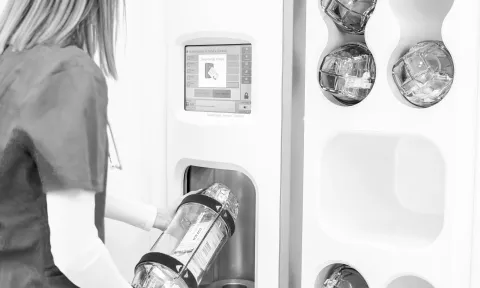
Superior Transport Automation
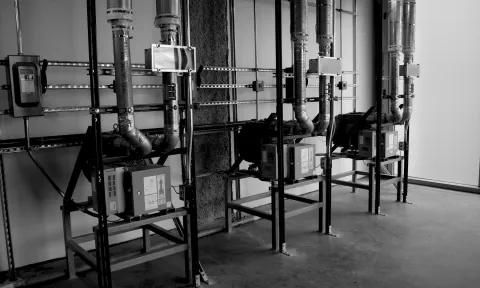
Pneumatic Tube System Components

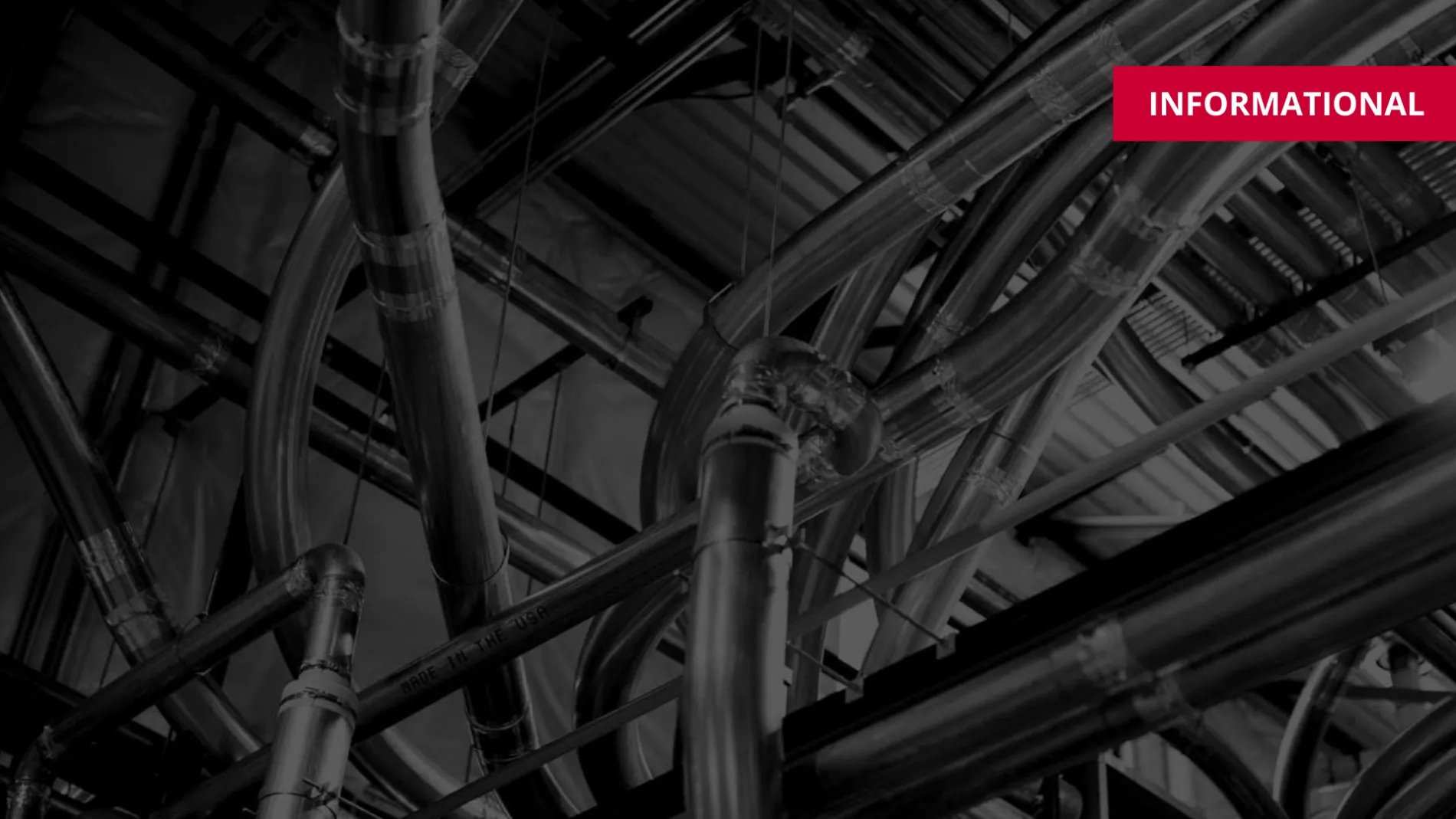
A Closer Look at One of the Hospital's Most Critical Systems
Reading Time: 6 min.
8/23/2023
John Kennedy
Pneumatic tube systems, more colloquially known as ‘tube systems’, act as critical transport infrastructure for many industries and institutions – including but not limited to warehouses, banks, mail centers, manufacturing facilities, hospitals, and pharmacies. However, as impressive as they are, the basic technology has been around for some time.
One of the earliest pneumatic tube systems can be traced as far back as the 1850s, when British engineer Josiah Latimer Clark started using vacuum operated tubes and cylindrical carriers to send mail between the London North-West District post office and Euston station in London.
Not long after, in 1869, Alfred Ely Beach spearheaded the construction of a large diameter tube system for the purpose of human transit in New York City, but the technology for this application failed to get the political and financial backing it needed to expand. However, its popularity in the mail room persisted.
In the 1950s, advances in plastics and other materials helped the tube systems become the delivery backbone of the hospital. As a result, caregiving staff could send oral solids (pills), paperwork, and x-rays quickly, safely, and efficiently. By the late 1970s and early 80s, tube system technology evolved to better accommodate the transport of sensitive items like lab specimens and blood products.
Today, pneumatic tube systems are even more advanced. Features like Radio Frequency Identification (RFID) tracking, software-controlled traffic management, and the ability to send multiple carriers at a time to different destinations means modern tube systems are sophisticated and ultra-efficient, but the principle by which they operate is still very much the same as it was in the mid-19th century.

The way a pneumatic tube system works is simple but brilliant. A carrier, which possesses a special exterior band to create an airtight seal with the system piping, is inserted into a tube at a station. Once the carrier is secured inside the station, an industrial blower creates a vacuum in the tube on one side of the carrier or – depending on the intended direction of the delivery - pressurizes the tube on the opposite side.
The result? A carrier that can transport its contents upwards of 25 feet per second with exceptional control and efficiency.
The carrier then arrives at the intended station where the process can be repeated. To change the direction of the carrier, the tube system employs air valves that switch either vacuum or pressure to the system pipe.
Think of it like blowing a wet piece of paper through a straw or using a vacuum to move it through the straw in the opposite direction.
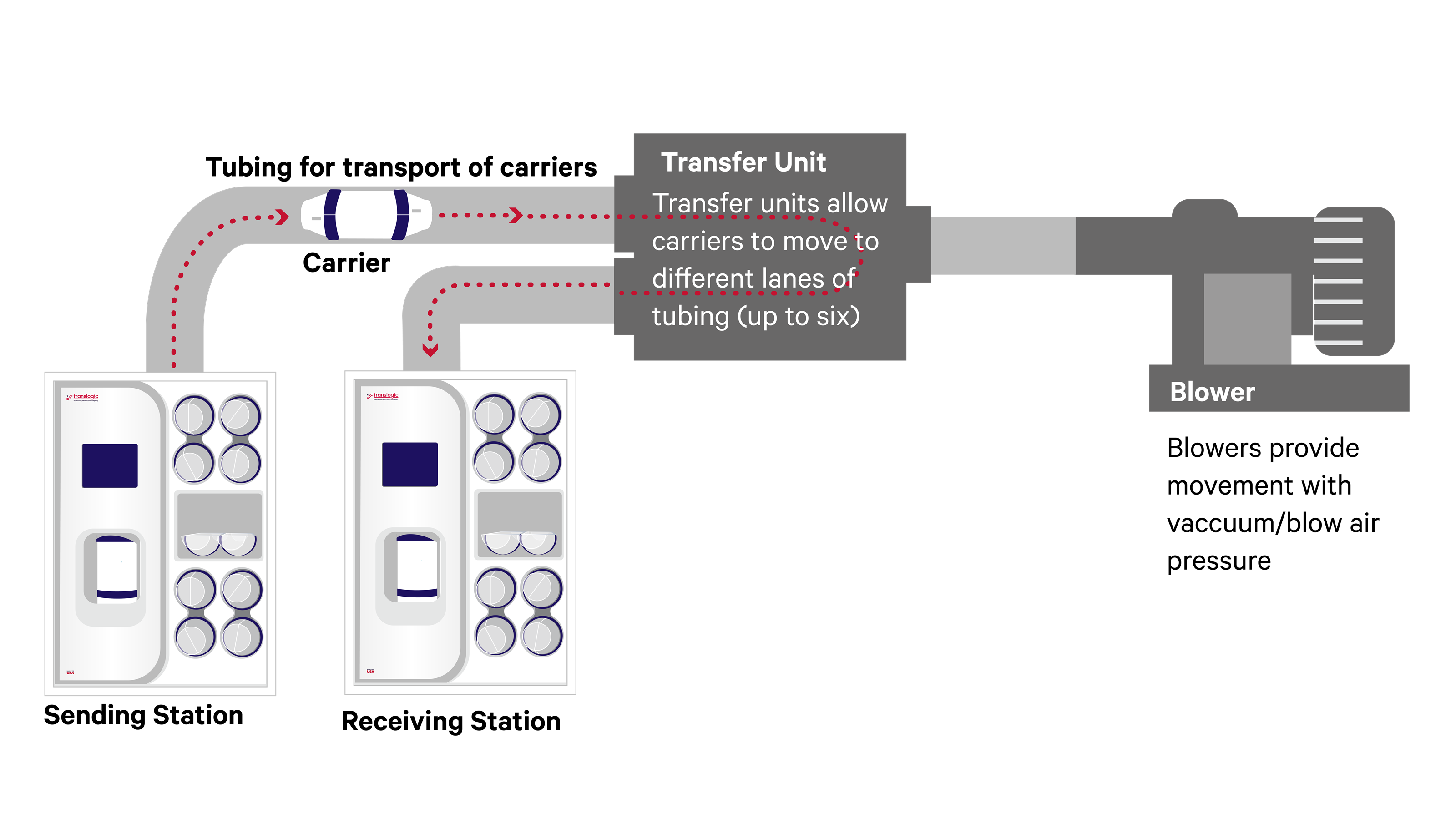
As previously mentioned, tube systems have been around for over 170 years. In fact, TransLogic, a Swisslog Healthcare Company has been manufacturing and servicing pneumatic tube systems since the early 1900s, but much has changed since then. The tube systems of today are much more reliable, capable, and sophisticated from technological standpoint.
In addition to the basic principles of how a pneumatic tube system works, modern systems also make use of:
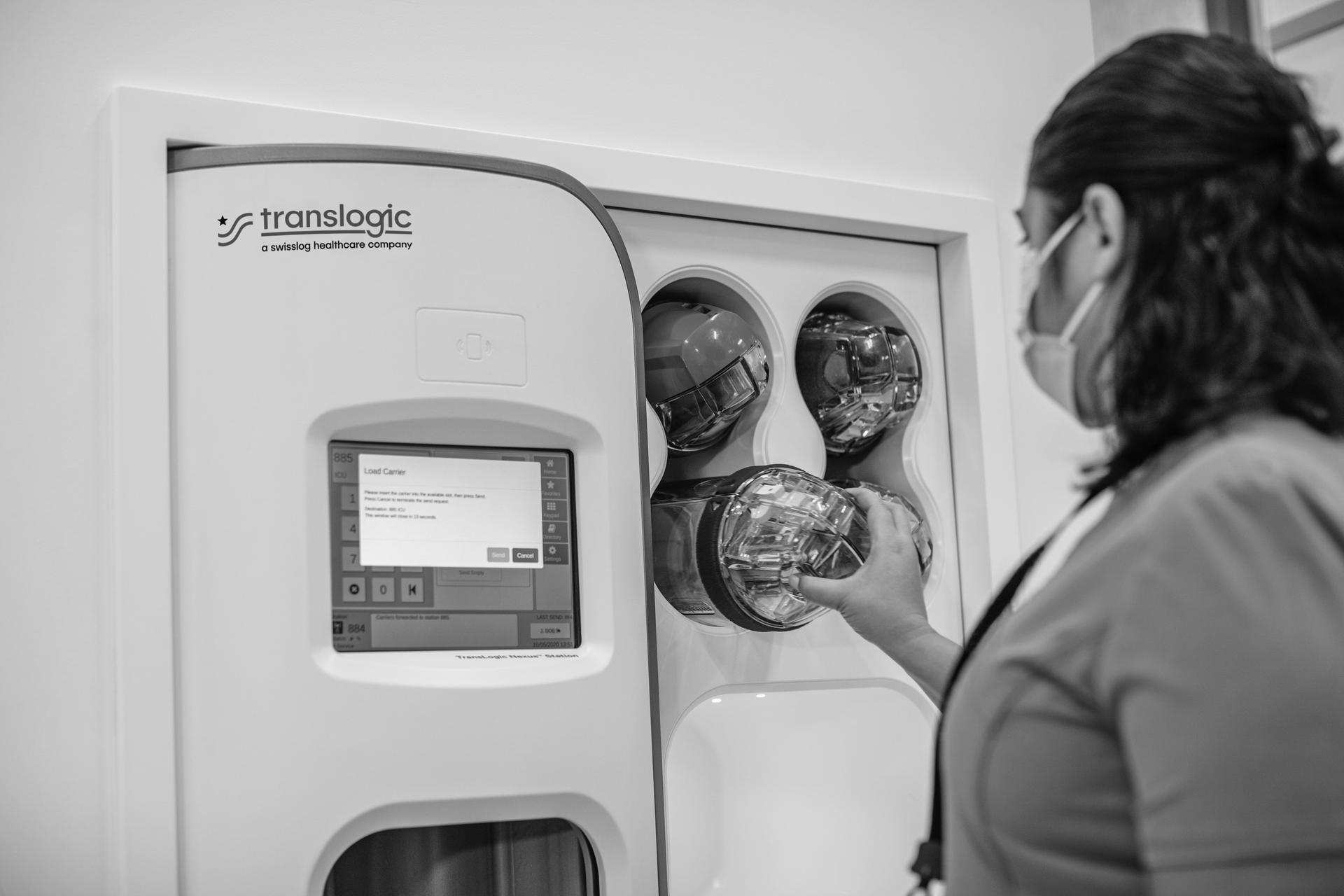
The benefits of a pneumatic tube system have long been realized and include everything from enhanced safety and freeing-up staff, to centralizing operations with game-changing efficiency.
Today’s systems provide invaluable support for hospitals and other organizations, making thousands of transactions per day. They play a critical role in automating internal supply chains as well as creating efficiencies across departments by connecting investments in automations made elsewhere – an initiative that’s only poised to grow.
With a thoughtfully designed and installed tube system, not only do you create infrastructure that will serve the organization for many decades – the ROI is relatively short, making it a no-brainer.
For more information on how tube systems work or how they can help your organization, please reach out to your local TransLogic expert or try our ROI calculator to see for yourself.




Contact our knowledgeable specialists to discover how our range of automation solutions can boost efficiency, reduce costs and enhance care at your healthcare facility.
Contact us